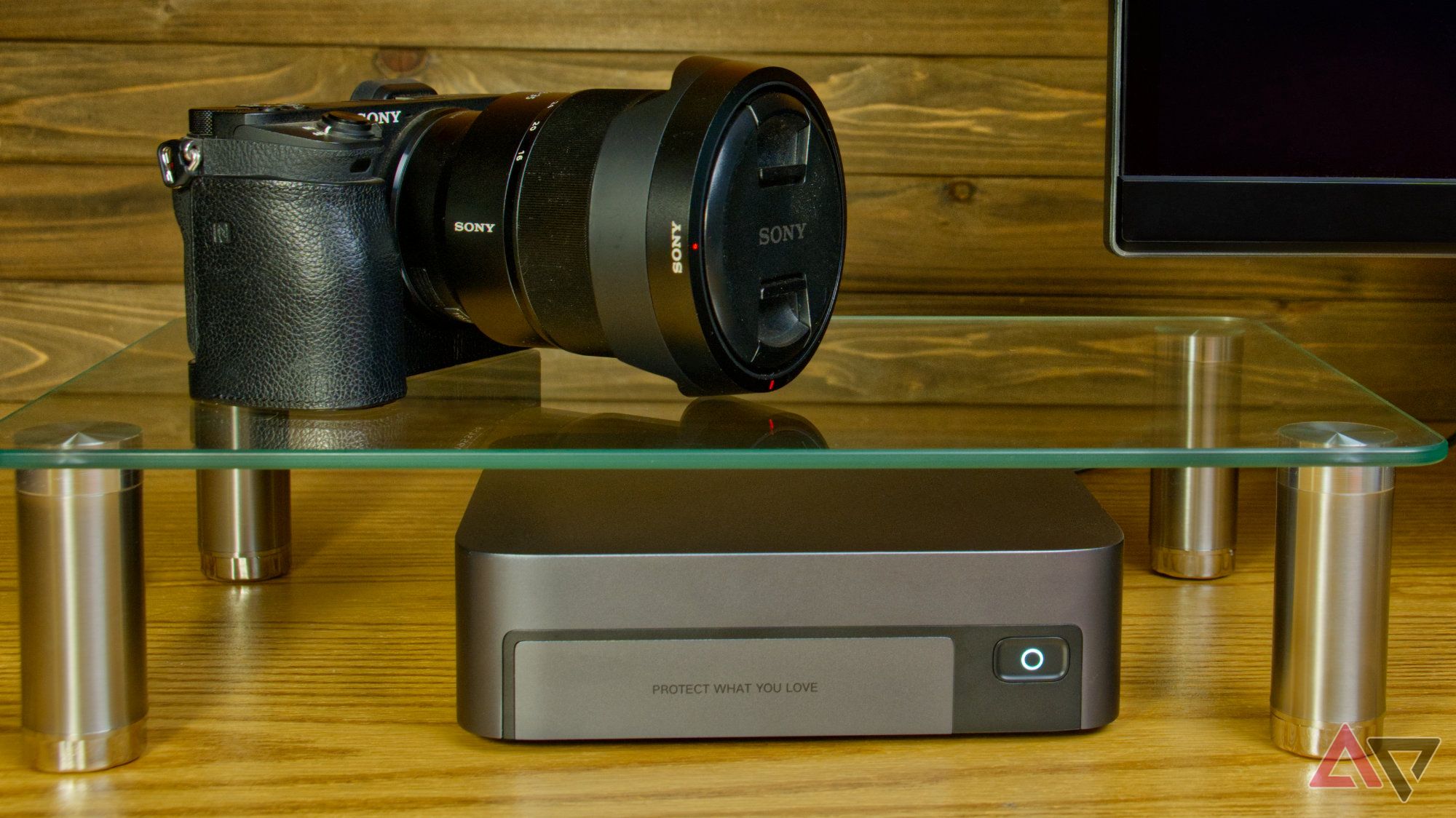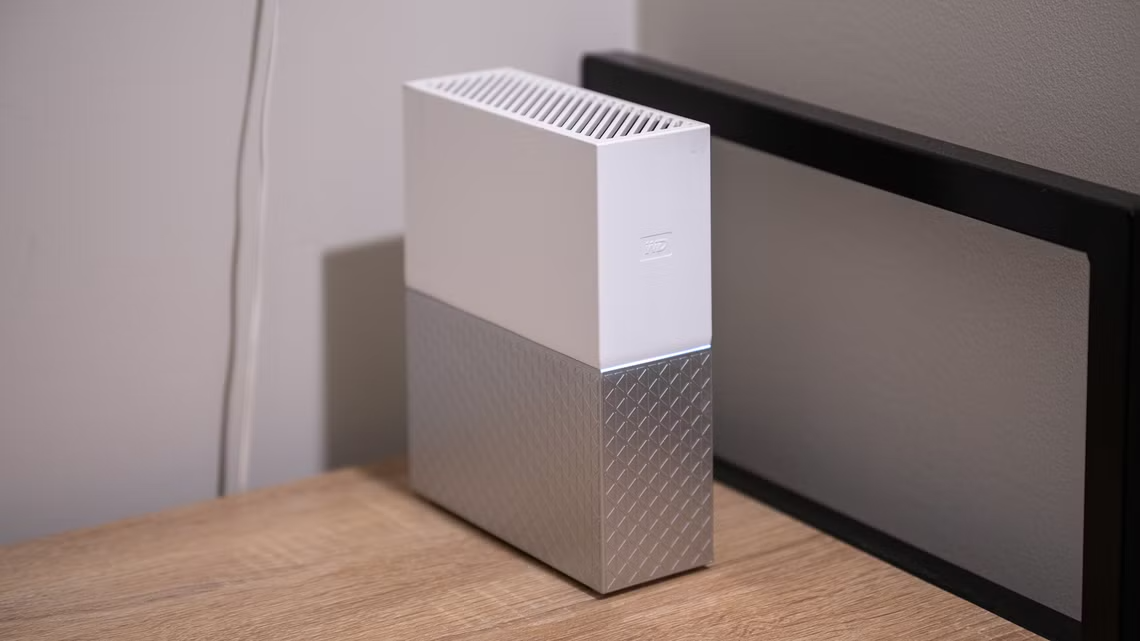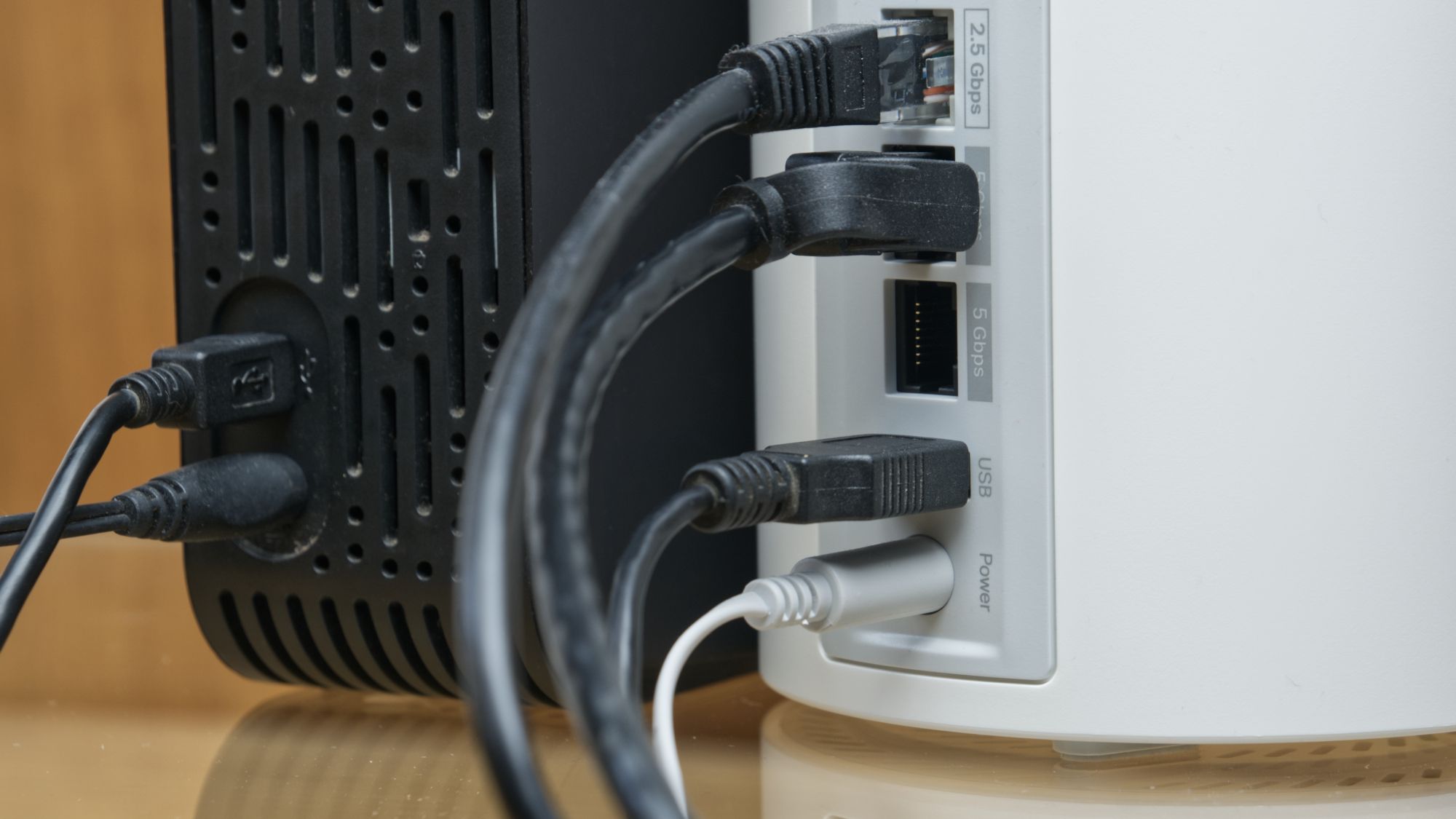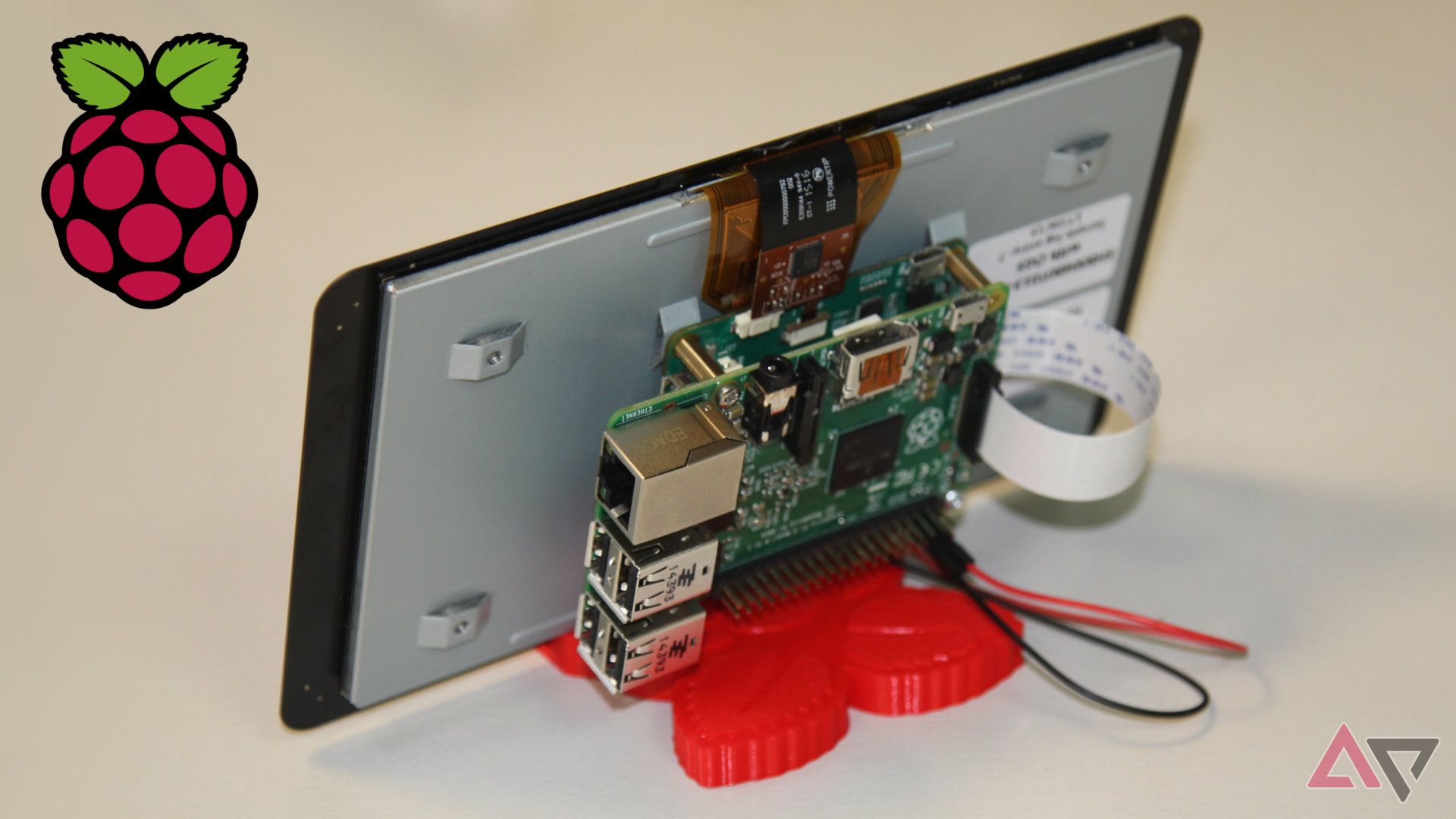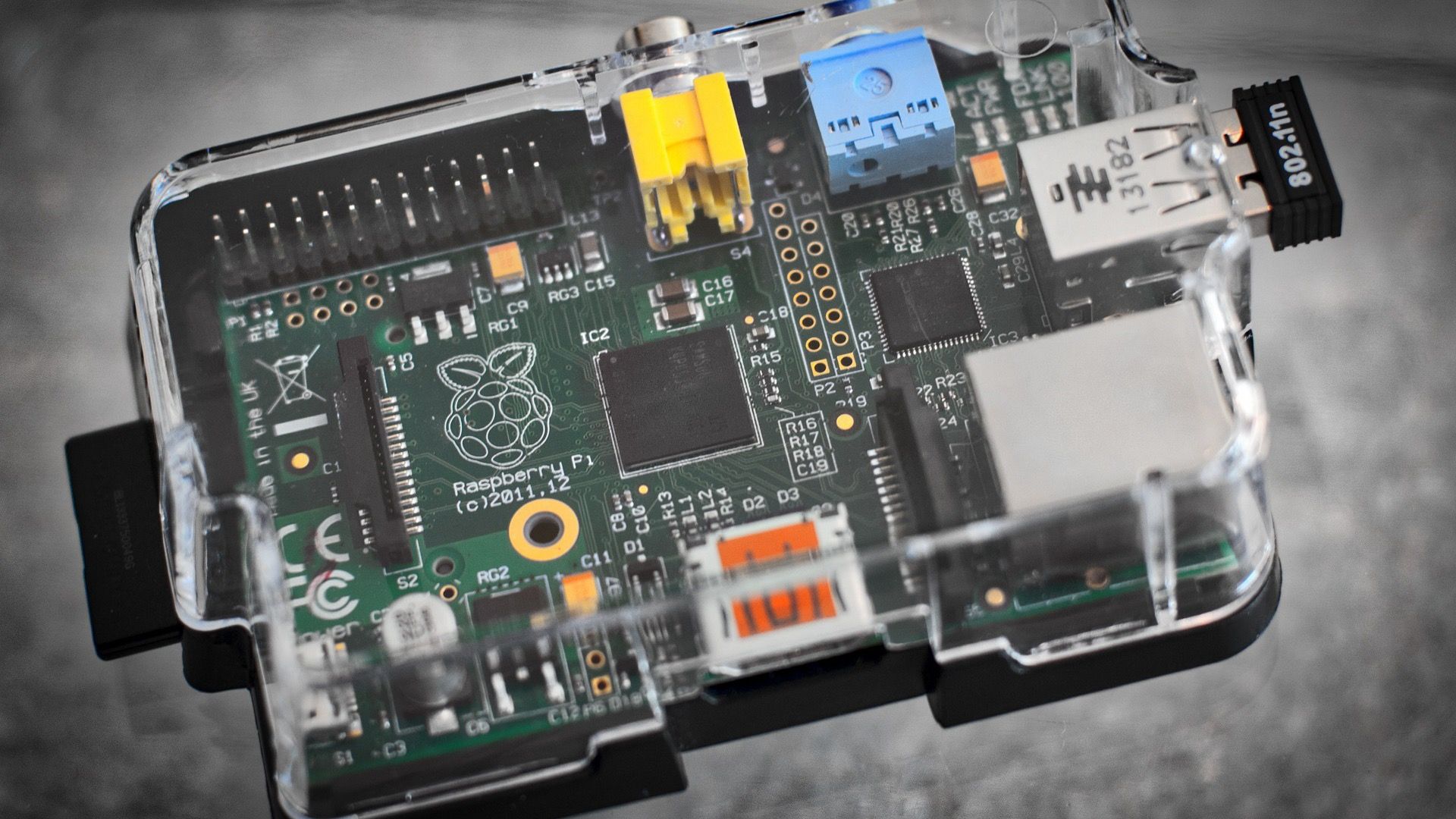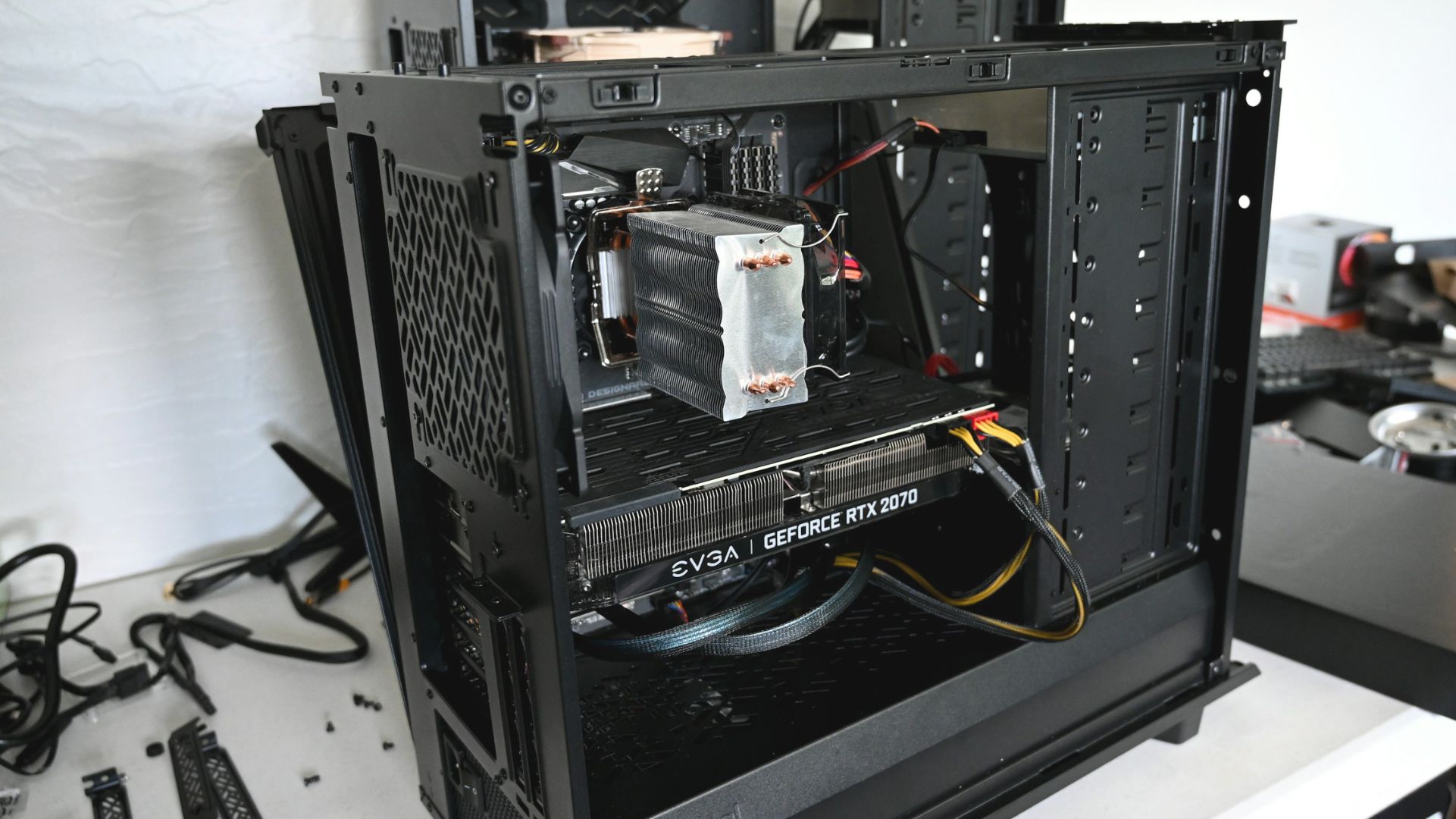A Network Attached Storage (NAS) device on your home network can act as always-on file storage, be a Plex server, or run large databases or virtual machines. While a conventional NAS is easy and reliable, it’s not the only way to go.
There are several reasons a NAS might not be the right choice for you. Perhaps you can’t find an affordable model, or want to save money. Maybe you need certain specs or specific hardware that’s not available. Or, you may want to build it from scratch for the experience. Let’s explore the alternatives to buying a conventional NAS.
Related
How to use Synology Drive as a Google Drive alternative
Synology Drive has got what it takes to replace Google Drive, given you’re okay with the upfront cost
Consider your needs
There are many factors to consider, and some are easy to forget until you’ve made purchases. While some are complicated subjects and some aren’t relevant, it helps to see them and determine if they matter to you.
- What’s the budget?
- Do you need to store a large amount of data, and should redundancy be built-in, like a RAID array?
- Will it host an application server (for example, a Plex server, torrent client, docker, DBMS, or virtual machine), and will it require a lot of RAM or processing power?
- Is it important to have high-speed data transfer, particularly over 1Gbps?
- Should it run a desktop OS or something purpose-built to be a NAS?
- Do you need to limit ambient noise from fans and hard drives?
- Do you want to minimize maintenance, or work on it regularly?
Network storage drives
The starter solution
If you’re looking for a place to drop files, and don’t care about other features, network storage drives may be the right choice. There are two common options, depending on the budget and what you own.
First, there are dedicated products like the Western Digital MyCloud devices. These are NAS products with limited features. For example, they have features like photo management and video streaming but don’t offer support for running Docker containers or virtual machines. They’re quick to set up and require little or no maintenance. The price is higher than a comparable USB hard drive, but cheaper than a full-blown NAS after you add drives.
However, you may want to check if your wireless router or other networking gear has a USB port. Some routers and access points include ports and firmware that support binding an external drive as a network share. There aren’t many settings, but these can be a quick and simple place to drop files for sharing between computers.
The drawback to these options is that they don’t run other software, such as a Plex server or torrent client. Also, most don’t support RAID, so keep separate backups of files in case of a drive failure.
There’s not a great history for security with network storage drives. For example, Western Digital had a rough streak with hackers infiltrating its services. If you rely on your router to host a network share, this is usually an auxiliary feature and the manufacturer doesn’t prioritize improvements in firmware updates.
Raspberry Pi
Full DIY mode
If you don’t mind rolling up your sleeves and getting into the weeds with a DIY project, you can turn a Raspberry Pi into a good NAS. You have lots of control over the build and features, and might save money along the way.
Related
What is Raspberry Pi and how can I use it?
Raspberry Pi is a sweet treat for do-it-yourselfers, educators, and makers and a key component in many automation projects
A Raspberry Pi is a single-board computer designed with minimal system components that can be extended through modules. It’s like the motherboard and CPU of a traditional desktop computer, but smaller and reasonably priced for creating purpose-built devices.
Many people have built their own budget NAS with an RPi, so you’ll find guides covering which parts have been used successfully, how to assemble them, and how to configure the software. Pre-configured software bundles can get you up and running quickly. Plus, many packages are supported by the community, like Pi-hole and AdGuard, game emulators, and home automation managers.
Do you want a RAID controller for redundant drive storage? You can do that. How about operating as a Wi-Fi host? It’s fiddly, but possible. Need a GPU for live video transcoding? There’s a built-in GPU, but people have successfully attached some gaming cards. Almost anything is achievable, within some limits.
Before you jump in, keep a few things in mind. First, the base Raspberry Pi board looks relatively low-cost, but the other components can get expensive. For example, the base RPi 5 with 2GB of RAM is $50, and it’s another $50 for a SATA Hat to mount drives. It also needs a microSD for the OS, an Ethernet adapter, power supply, cooling fan, enclosure, and other small mounts and accessories. When all is said and done, the bare bones build is about $200 before taxes and shipping.
Meanwhile, you could buy a sub-$200 budget NAS product like the TerraMaster F2-212 or Synology DiskStation DS223j. Those have more powerful CPUs, nice enclosures with screwless drive caddies, and a fairly polished software experience.
As earlier comments have suggested, it’s a lot of work to get everything running the way you want, especially as more components and features are added. Hardware assembly isn’t difficult, but may require soldering. The software setup can be daunting if you’re not familiar with Linux, using terminal commands, editing config files, and other related tasks. Windows 11 is a viable option on a Pi 5, but you’ll have a limited selection of Windows software compiled for ARM.
After this is set up, keep a regular maintenance schedule for software updates and security patches.
If you’re not discouraged by any of that, building your own NAS with an RPi can be a great learning experience. It allows for many interesting custom features you’ll probably never see from NAS manufacturers.
Mini-PCs and desktops
Going all-in
A NAS is made of semi-standard PC components running in a headless mode (without an attached monitor). While many have custom components, usually as a cost-cutting measure, little separates them from a typical PC.
One popular option is to buy a tiny PC and install NAS software. These take little space and range from a cheap Intel NUC (now discontinued, but similar products exist) to something as powerful as a modern Mac Mini. Even an old laptop can be repurposed to fill this role.
Small pre-built computers are great because they generally require little or no assembly, are often power-efficient, and provide plenty of processing power if that’s a priority. As a bonus, you’re probably also familiar with the OS. Anything remotely modern should be able to run a Plex server and perform live transcoding, though it might get the fans spinning. Also, you can run virtual machines and other hefty software.
However, you may run into a hurdle if you need a lot of storage, especially in a RAID array. Tiny computers usually have no form of expansion other than USB ports. At this point, you may need to step up to a full-size desktop. This sacrifices the space savings of a tiny PC but allows room to install expansion cards and hard drives.
You can build a new NAS from scratch, and the cost doesn’t have to be high. However, if you recently replaced an old desktop, it’s a good candidate for repurposing into a NAS. Upgrades aren’t necessary, but you may want to add a RAID controller or faster Ethernet.
After choosing the hardware, you can go as big or as small as you like with software, depending on your needs. Windows, macOS, and Linux are decent operating systems with their own benefits and quirks. Regardless of OS, start by setting up remote desktop access if you want to remove the monitor. If data storage is the primary focus, create a network share and be on your way. You can add as many services as you want to cover any use case, including virtual machines, Docker, and various servers.
However, if you want something more purpose-built, install a customized Linux distro. TrueNAS and OpenMediaVault are popular options, but there are plenty to choose from. These often boast many of the features that make a conventional NAS desirable, like web interfaces, detailed user and storage management, and link aggregation.
What’s right for you?
There’s often no perfect solution, and every option has its own pros and cons. A conventional NAS is sometimes the best solution thanks to a purpose-driven design and a low maintenance commitment. Perhaps building is necessary for extra flexibility and power, or because you have the parts lying around. Alternatively, the full DIY route with a Raspberry Pi can be fun and interesting, and it opens the potential for unique builds that fit about any size, shape, or spec. If these are too much hassle, the best bet may be to plug a hard drive into your network or home lab and be done with it.
Don’t let the project get bigger than it needs to be. If you’re like me, it’s easy to get ambitious and build or buy something for a perceived set of goals rather than something that’s just enough. Stick to what you need or what’s best for your needs.



